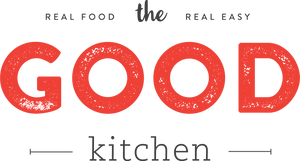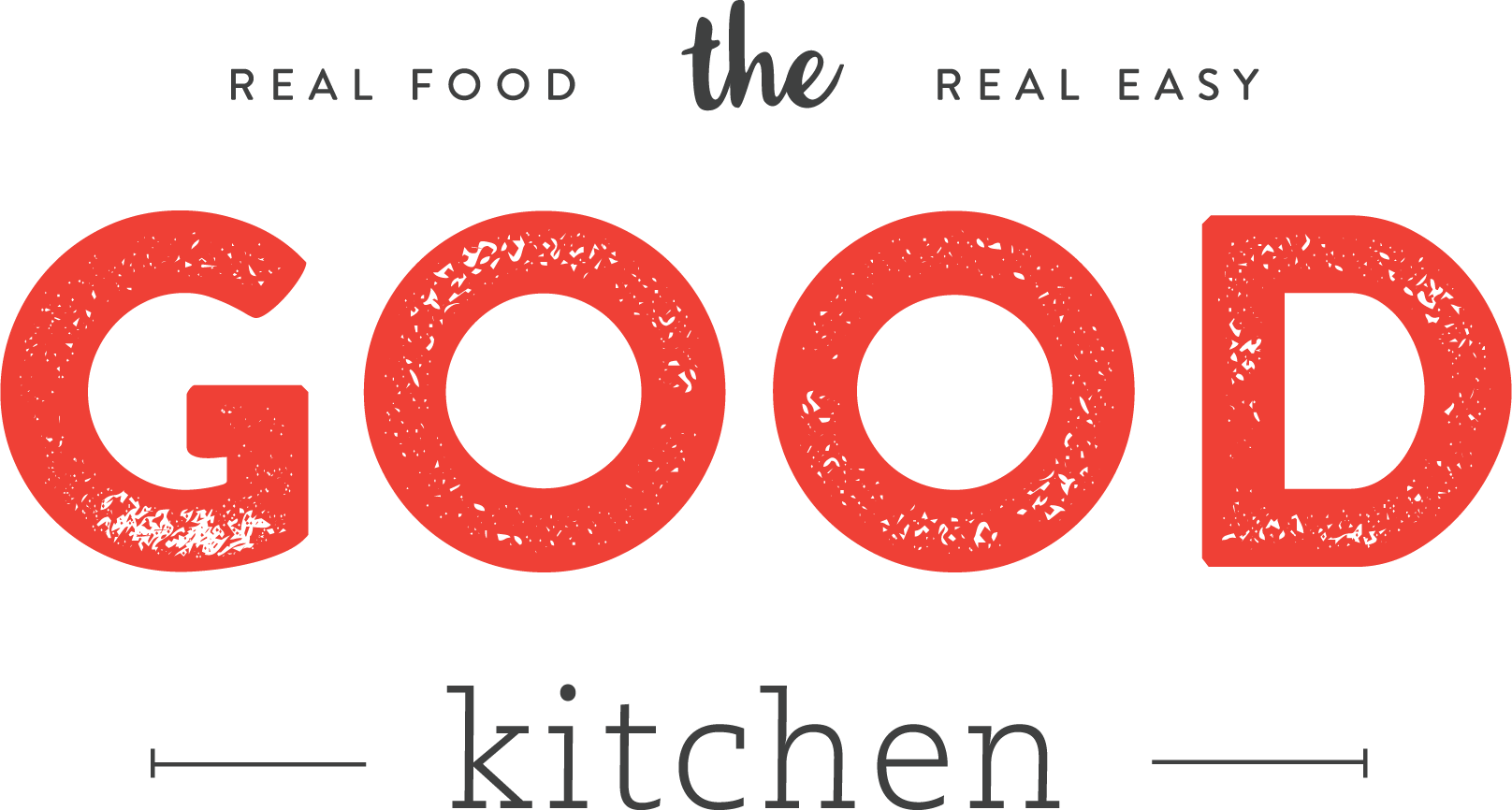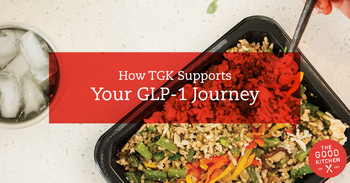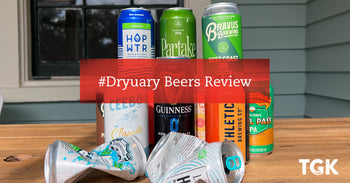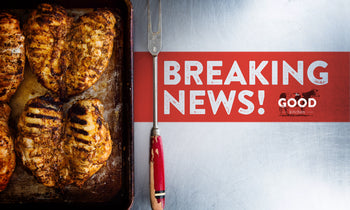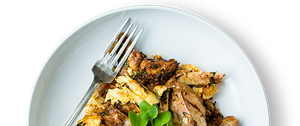A Beginner’s Guide to Meal Prep Magic

Do you remember before the pandemic hit and life seemed more organized and predictable? You know, that mythical time when your pants still fit and you had your morning routine on lock? Time to get that back with some meal prep magic.
Not to brag, but we’re sort of experts in this department. Before TGK was TGK, our founder Amber Lewis was the neighborhood meal-prepper. It started with a simple desire to make good eating a no-brainer by preparing ready-to-eat meals with responsibly sourced ingredients. After tasting her recipes, friends and family started to put in orders. Eventually, local gyms started stocking up on Amber’s meals to help people optimize their nutrition. Before too long, she was on a mission to provide delicious and nutritious meals to everyone far and wide.
RIP sad desk lunches and pizza-binges for dinner. Hello effortless eating.
Ready to try it out for yourself? Here’s the quickest way to get started with no-fuss meal prepping!
1. Set Your Goals

Meal prepping is a strategy to help you achieve all your food goals. For it to be effective, those goals have to be specific. Get granular about what you want to accomplish with meal prepping and what you want out of your diet more generally, beyond just saving time and eliminating decision fatigue. Are you looking to build muscle, maintain, or lean out? Do you want to incorporate more local produce into your diet? Are you optimizing for a certain nutrient (like protein) or micronutrient (like magnesium)? This is a good time to assess other ambitions for your eating life too. For instance, maybe there’s a culinary skill you want to master or a CSA you’ve been thinking about joining.
If you’re like us, there are about a million things that could qualify as food goals (Eat seasonally! Nail that tricky sauce recipe! Use an InstaPot without fear of blowing up your kitchen!). Once you’ve brainstormed –– or put it all on a vision board, if that’s your thing –– start simplifying and bring it back to reality. Remember that you won’t be a completely different person when you start meal prepping, and take note of your current habits and preferences to set yourself up for success. If you already know you hate the texture of cooked vegetables after they’ve spent a few days in the fridge, don’t expect that to change. Instead, prepare and pre-portion vegetables to steam on-demand at mealtime. If you’re someone who seeks a lot of variety, lean into that instead of bulk-cooking 20 chicken-and-broccoli meals.
Here are the goals I set for myself for my last meal-prep, to give you an idea: Make nine ready-to-eat meals, including five lunches and four dinners for $60 or less. Include at least two seasonal vegetables and at least 18 grams of fiber between lunch and dinner. Throw calorie-counting out the window, but make smaller portions by slightly underfilling containers to avoid post-meal energy slumps.
Okay, have your goals in hand? Time for step two:
2. Build Your Toolkit
You have a goal, now you need the tools. While any containers will do, choosing a set that’s custom-designed for the job can be tremendously helpful for planning your meals. Buying the right gear can also be motivating: If your containers are just sitting there ready to be filled, who are you to put off the work for another week? We recommend getting pre-portioned glass or ceramic containers with a high-quality seal and a vent for reheating.

Other essential tools for meal prepping include baking pans (multiple), a large soup pot (preferably an InstaPot), a sauté pan, a good knife (Amber gives her recommendations here), and a large cutting board. If you plan on going deep and prepping for multiple weeks at a time, you could also consider investing in a vacuum sealer.
Now it’s time for the real work.
3. Cook Strategically
Over the years, we’ve learned a few things that can streamline your experience in the grocery store and in the kitchen. We hope they help you as much as they’ve helped us!
COOK FROM A TEMPLATE
To keep things simple and organized, use a template like the one below when creating meals from scratch.
Basic Meal Components:
- Protein [tempeh, eggs, ground beef]
- Complex Carbohydrates [quinoa, sweet potato, chickpeas]
- Leafy Greens [kale, spinach, collards y’all]
- Veggies [cauliflower, carrots, brussel sprouts]
- Nuts/Seeds/Fats [walnuts, hemp seeds, avocado]
- Dressing/Sauce [chimichurri, tahini, green curry sauce]
An Example Meal:
- Ground Beef
- Spaghetti Squash
- Sauteed Spinach
- Broccoli
- Walnut Pesto
CHOOSE A THEME

Sticking to one cuisine can be a good way to shorten your grocery list. For instance, you may decide on a Meditteranean theme for the week, prepping baked falafel salads for lunch and halibut for dinner, both with olives, tomatoes, and artichokes. By choosing recipes with overlapping ingredients but unique flavors, you save time and money without sacrificing variety.
EXPLORE ONE-POT AND SHEET-PAN RECIPES
They slash cleaning time. They save you oven space. They’re single-dish recipes, and they’re the MVPs of meal prep. Here are a few that we love, gathered from around the internet:
Sheet-Pan Meals:
Sausage and Root Vegetable Hash
Barbecue Chipotle Pork
Butternut Tofu
One-Pot Meals:
One-Pot Chicken Chili Verde
Morrocan Chickpea Quinoa Salad
Basil Chicken Coconut Curry
Ready to go for it? Post your meal-prep pics on Instagram and tag us @eatTGK! And if the idea of meal prep just makes you feel tired, you know we’re always here to do the work for you. Head over to this week’s menu and do your “prep” by just clicking a few buttons.
Happy Eating,
~The Team at TGK
